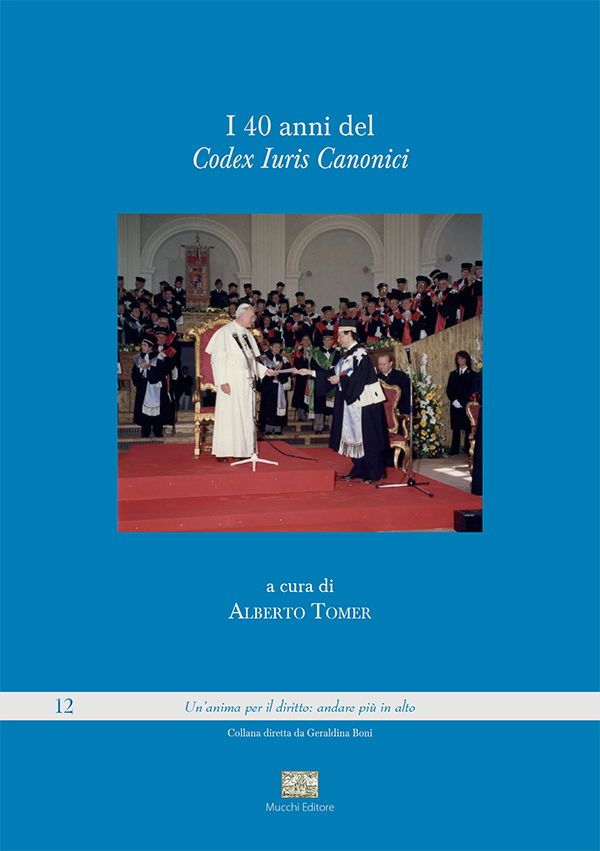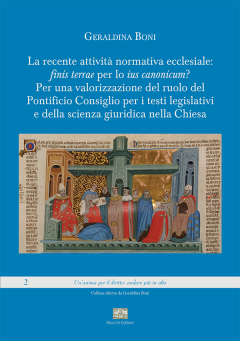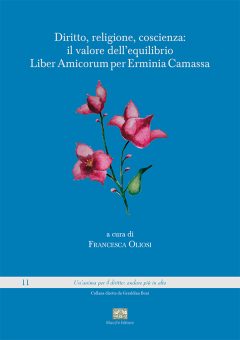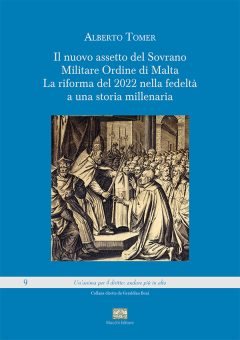In occasione del quarantesimo anniversario dalla promulgazione del Codex Iuris Canonici, il presente volume si propone di celebrare il traguardo raggiunto attraverso una disamina a tutto tondo sulla codificazione per la Chiesa latina. I contributi raccolti tracciano infatti un quadro quanto mai ampio e tutt’altro che ‘di circostanza’, caratterizzato bensì da tinte vivide che ne ritraggono tanto i profili più classici quanto gli scorci maggiormente attuali e ancora in penombra: dalle radici che affondano nell’esperienza conciliare al suo rapportarsi con la realtà ecclesiale di ieri e di oggi, dal confronto con il predecessore del 1917 al ruolo da esso rivestito nello ius canonicum e nei confronti della scienza canonistica, dagli interventi di riforma già conosciuti nel tempo trascorso a quelli che ancora si prospettano come plausibili o addirittura auspicabili. Ciò che risulta è una rappresentazione capace di abbracciare efficacemente sia la storia che sta alle spalle del Codice sia il suo orizzonte odierno, nonché le prospettive che sembrano potersi intravedere nel prossimo futuro: mostrando così come tale strumento non solo mantenga intatta la propria validità, ma costituisca una fonte ancora oggi inesaurita di spunti di riflessione.
On the occasion of the fortieth anniversary of the promulgation of the Codex Iuris Canonici, the volume aims to celebrate this recurrence through an all-round examination of the codification for the Latin Church. The essays that are collected here do, in fact, paint a very broad picture, the vivid colors of which portray both the most classic profiles and the ones that currently have the greatest relevance: from the roots that go back to the conciliar experience to its relationship with the ecclesial reality of yesterday and today, from the comparison with its 1917 predecessor to the role it plays in the ius canonicum and with respect to canonical science, from the reform interventions it has already undergone to those that are yet to come and appear as the most plausible or even desirable. The result is a representation that is capable of effectively embracing both the history behind the Code and its present-day horizon, as well as the prospects that seem to be foreseeable in the near future: thus showing how this instrument not only maintains its validity intact, but still constitutes an inexhaustible source of food for thought.





